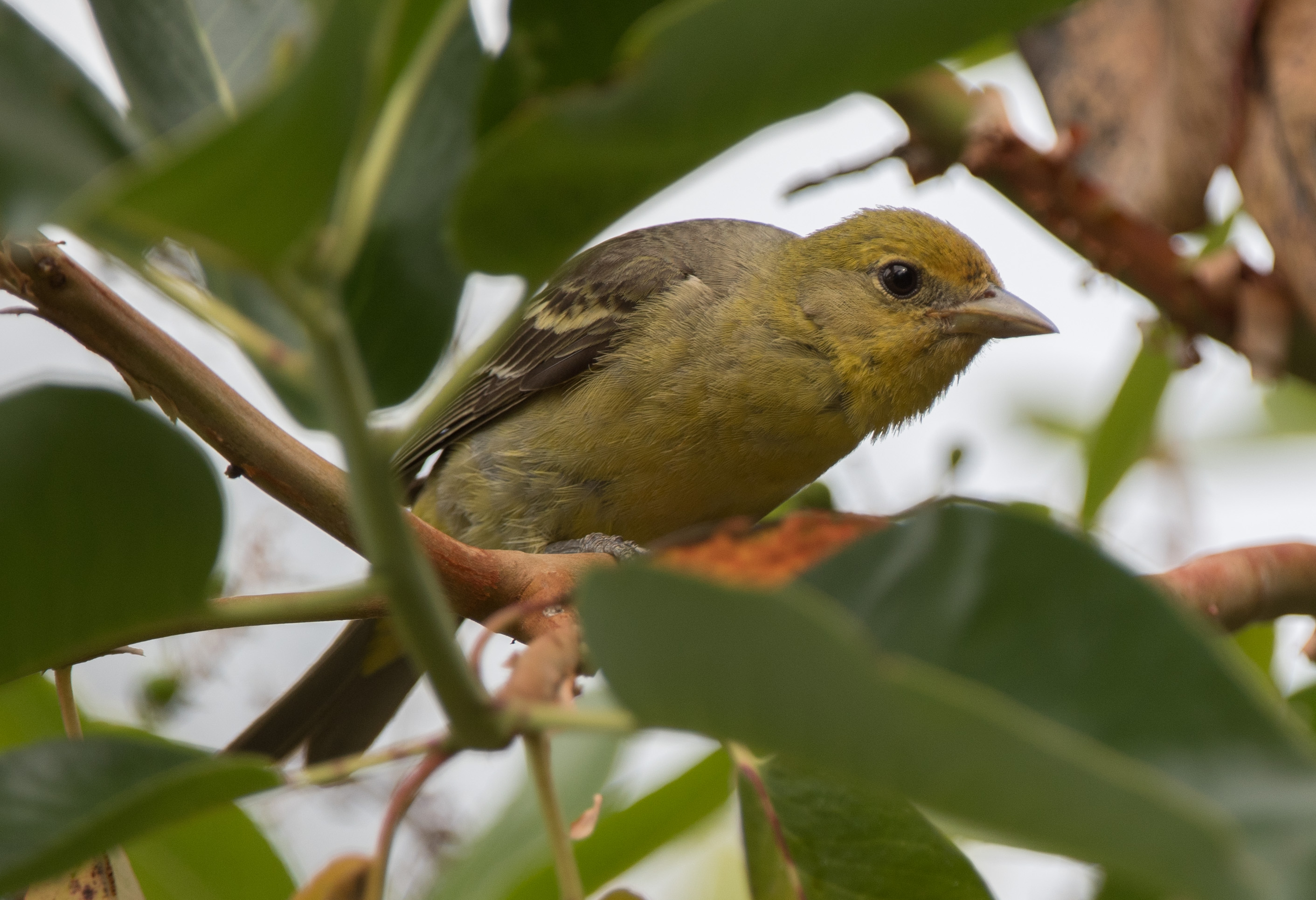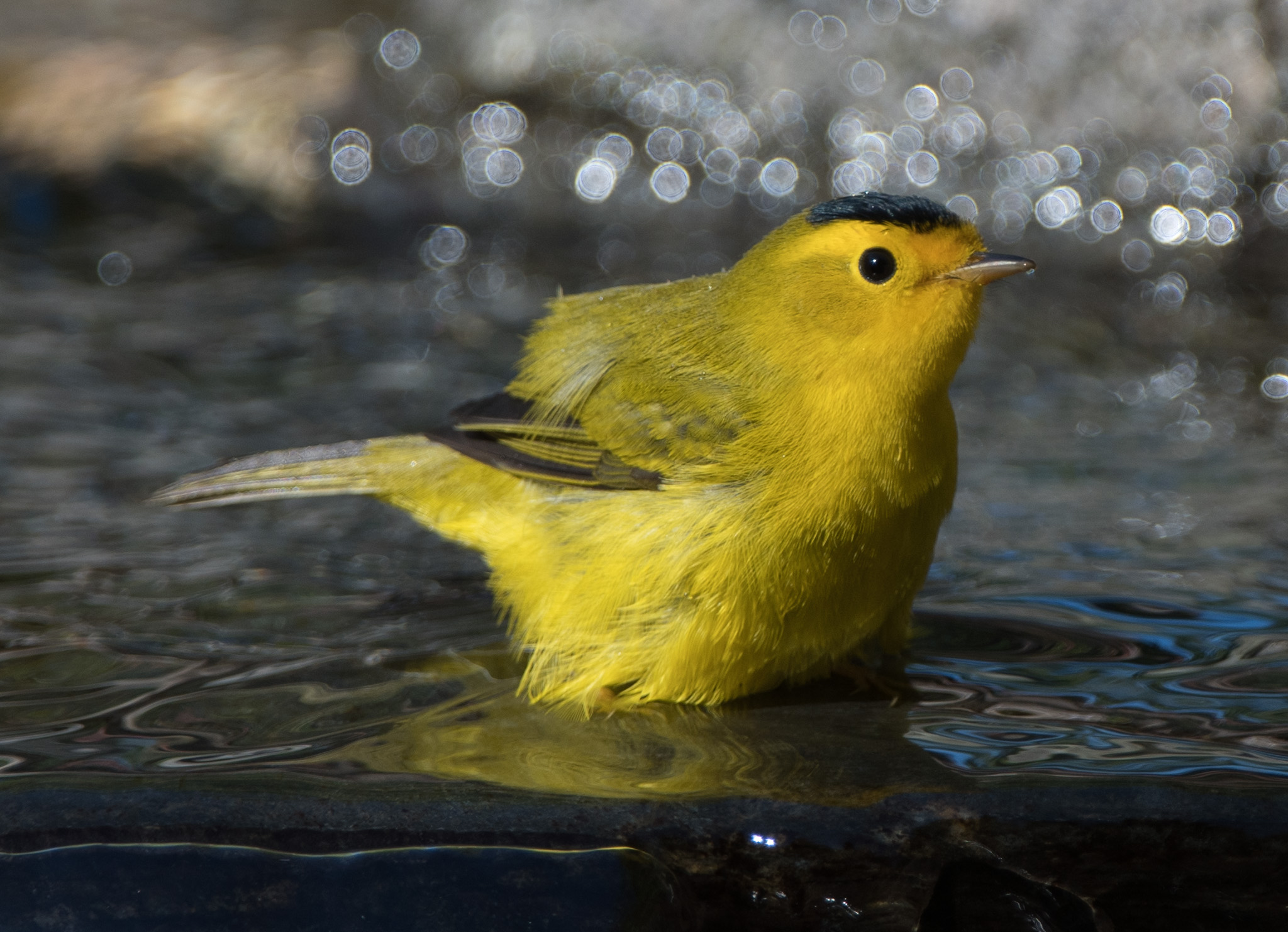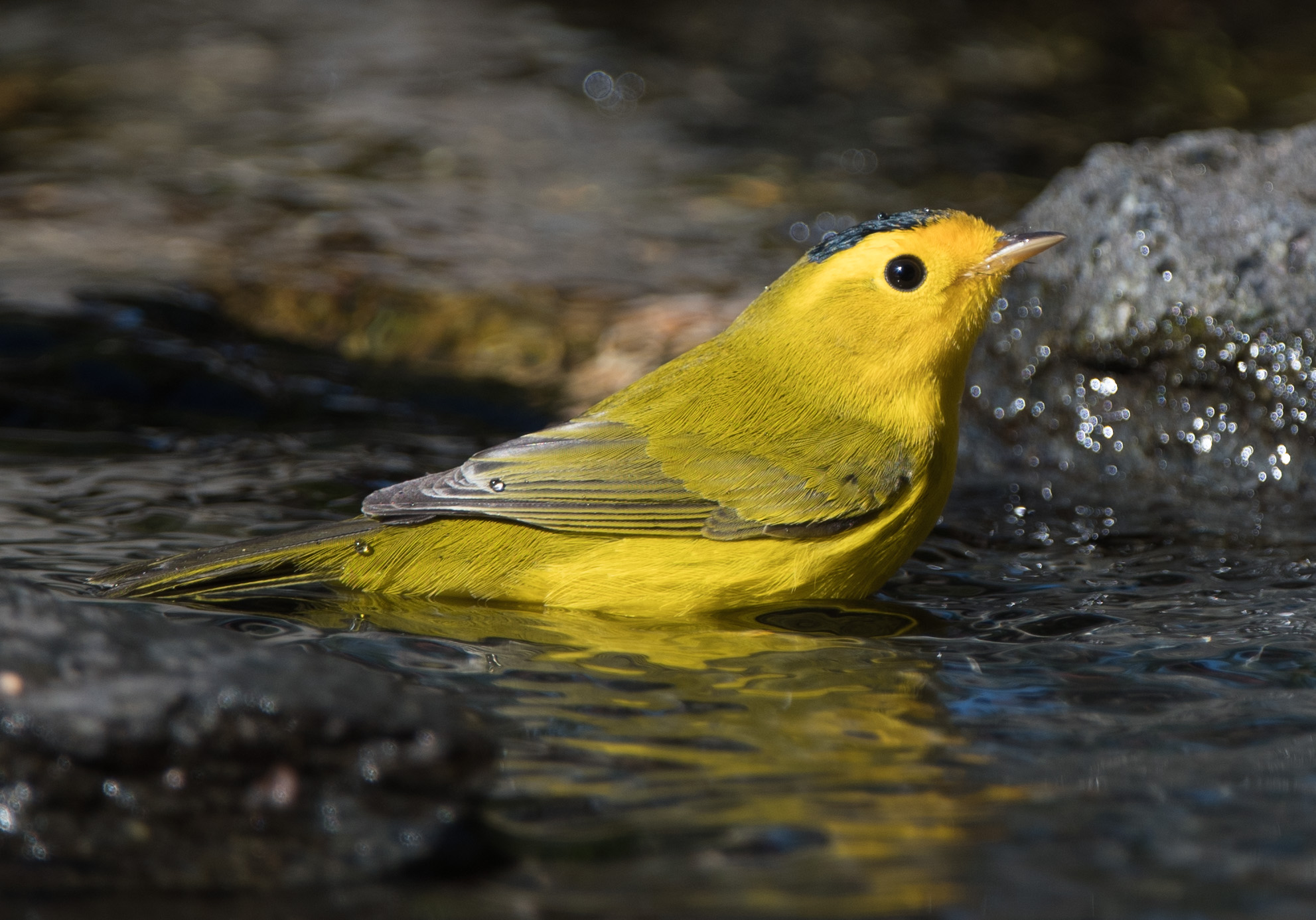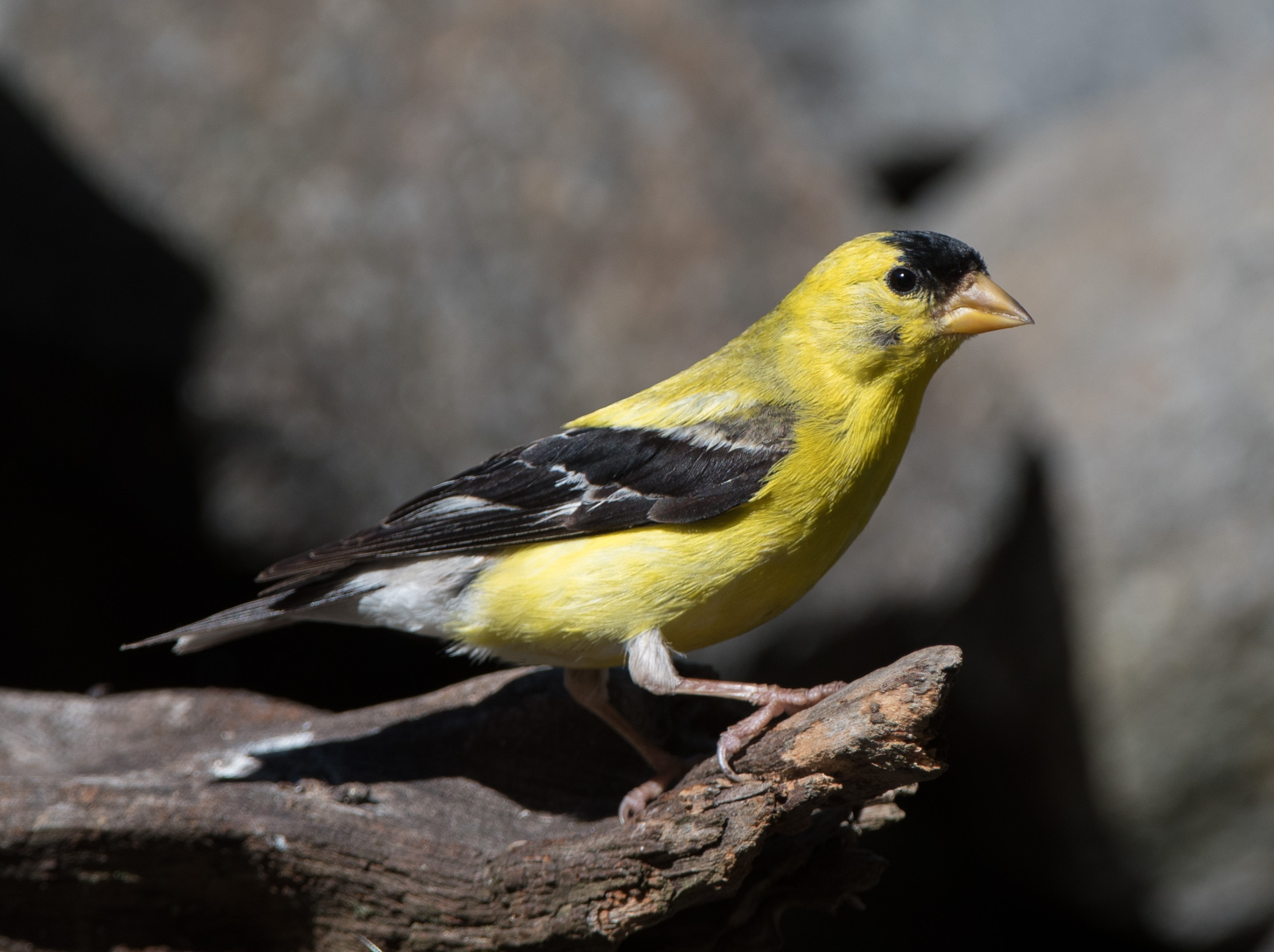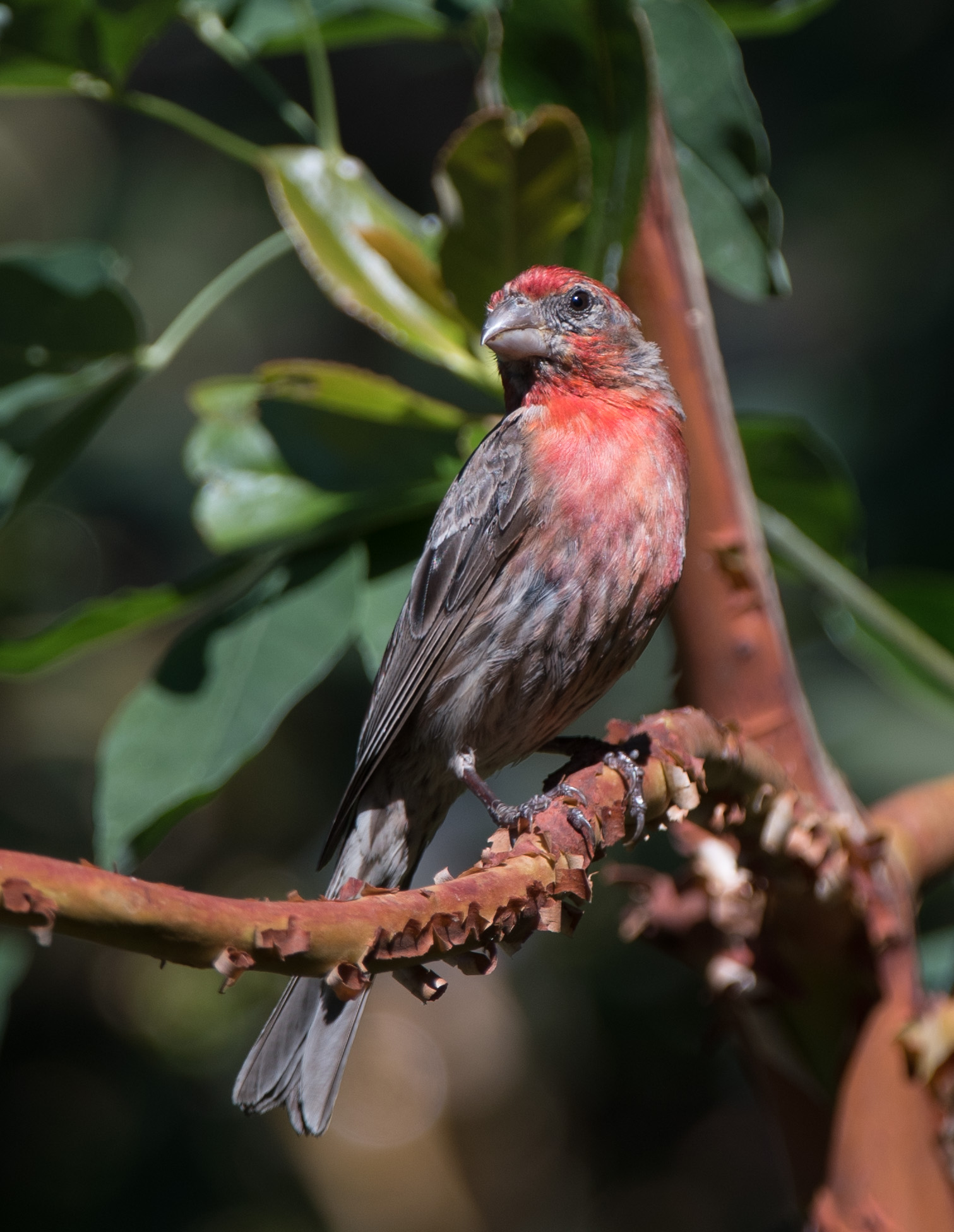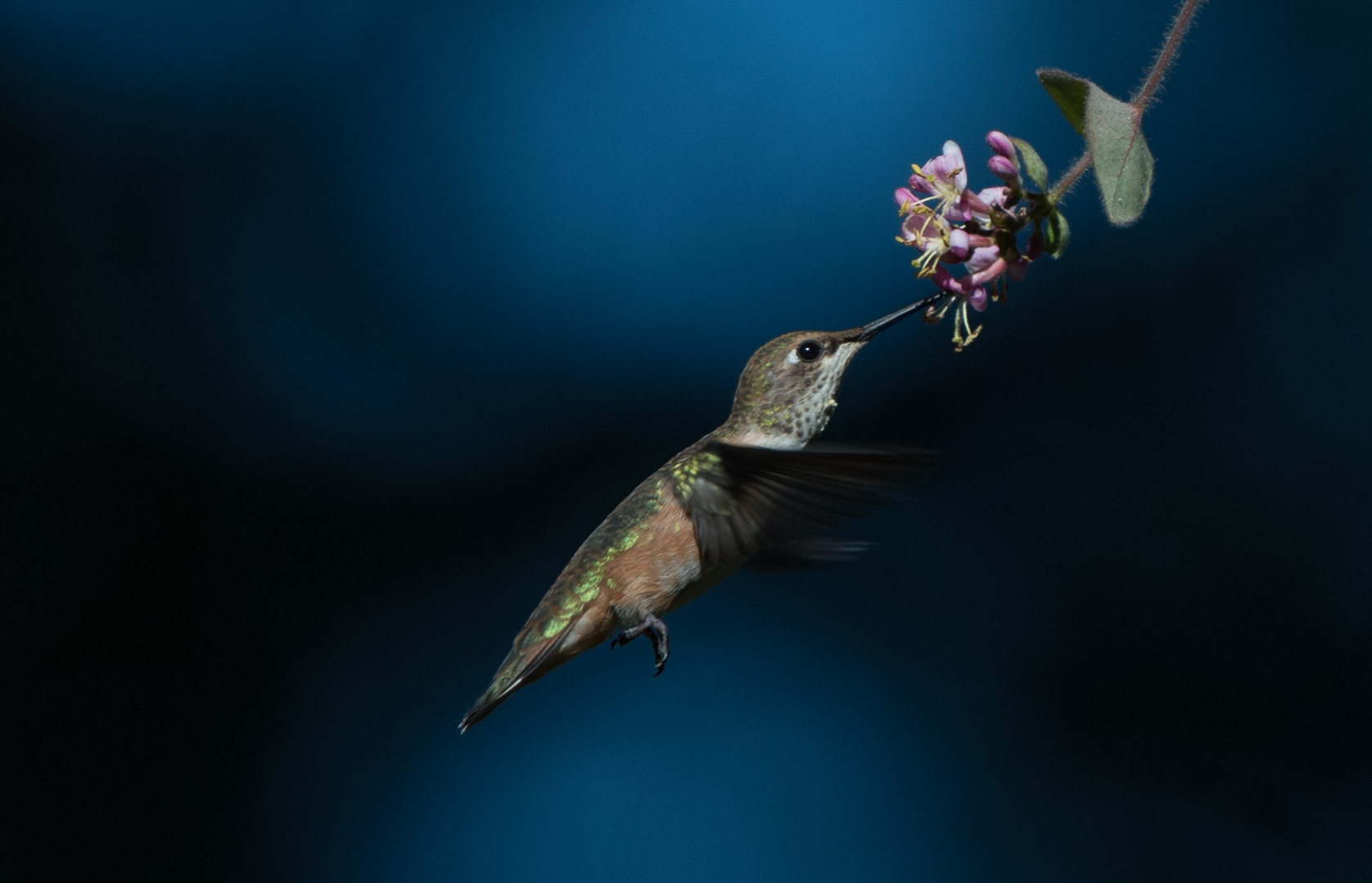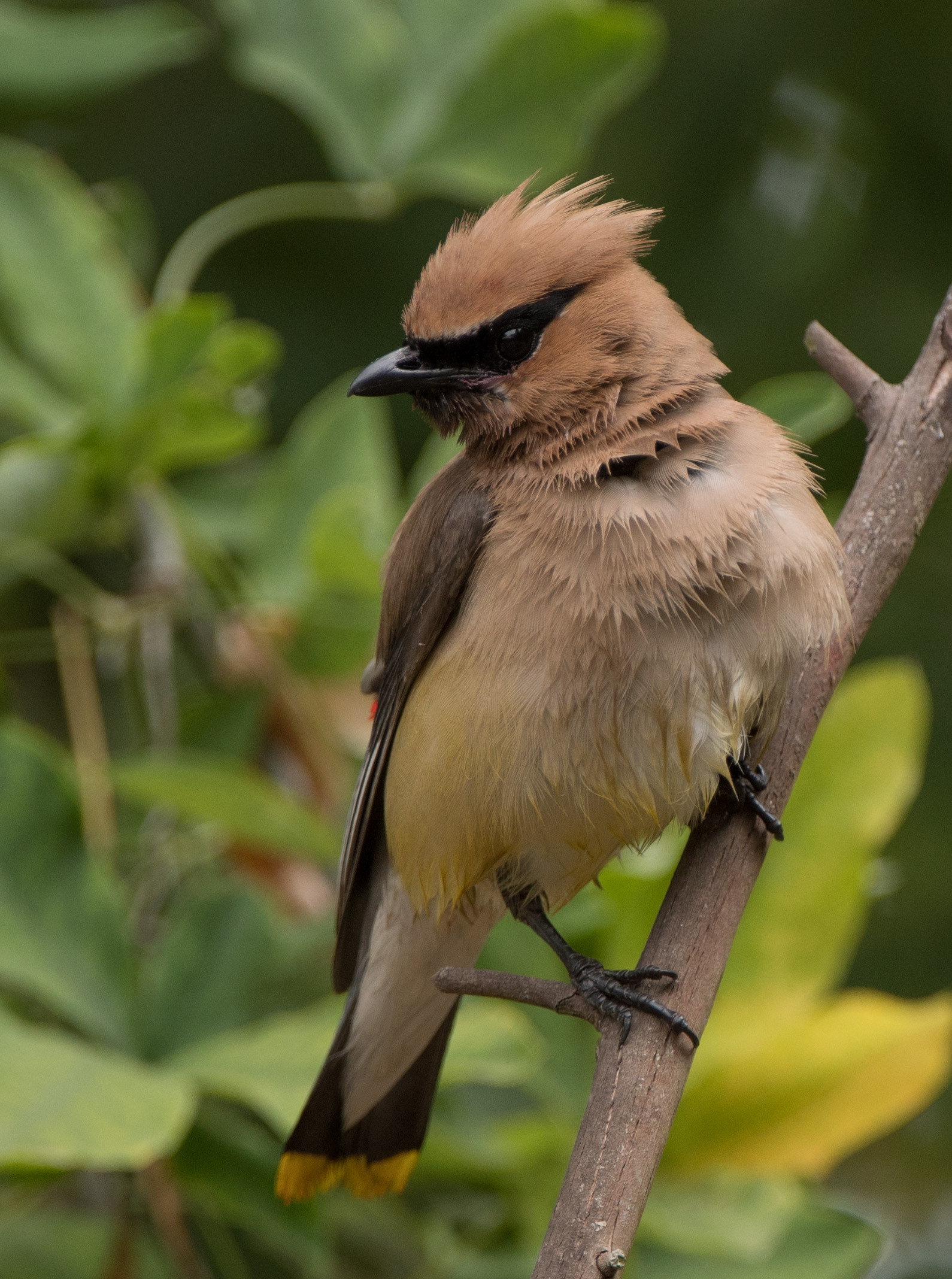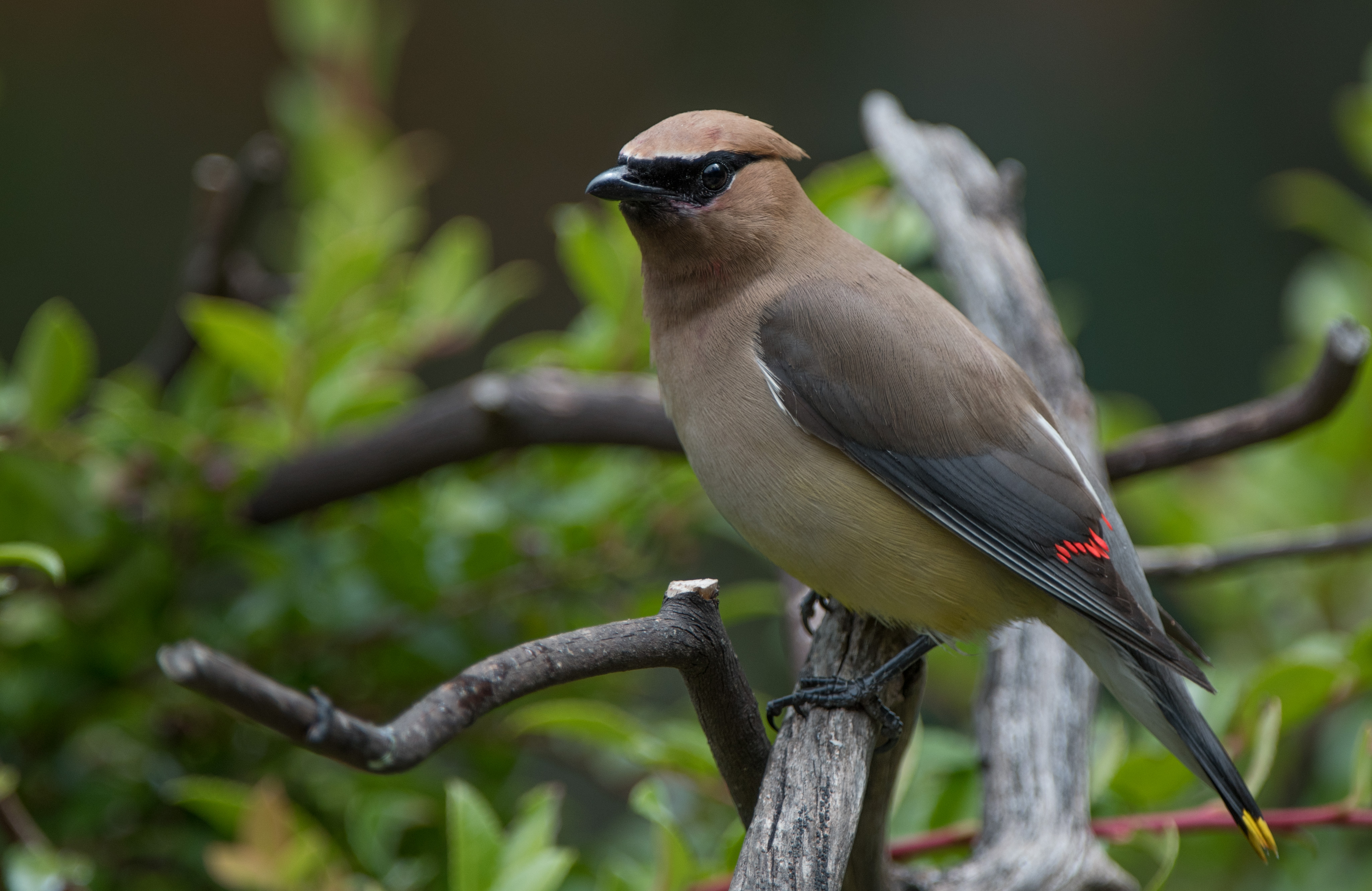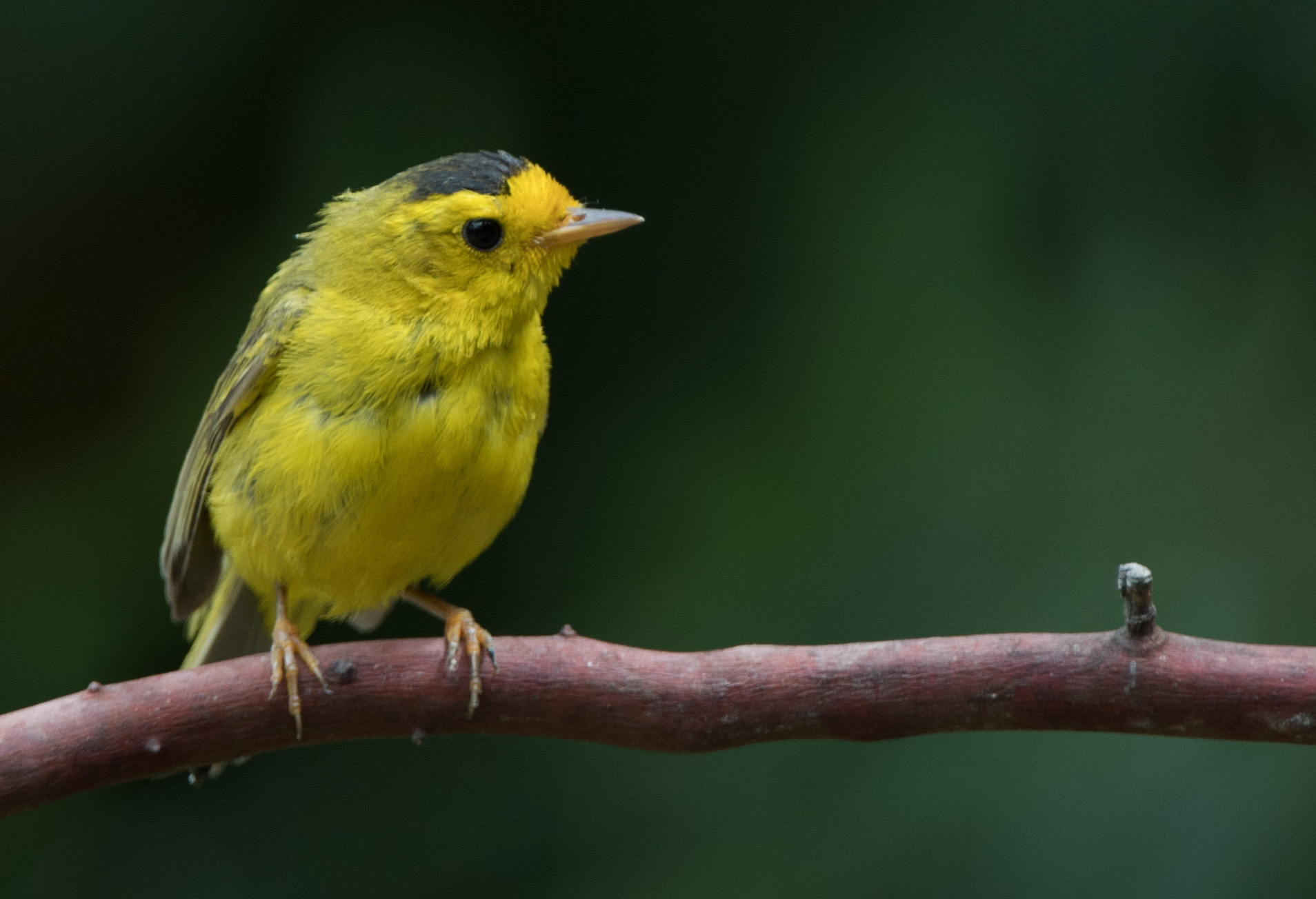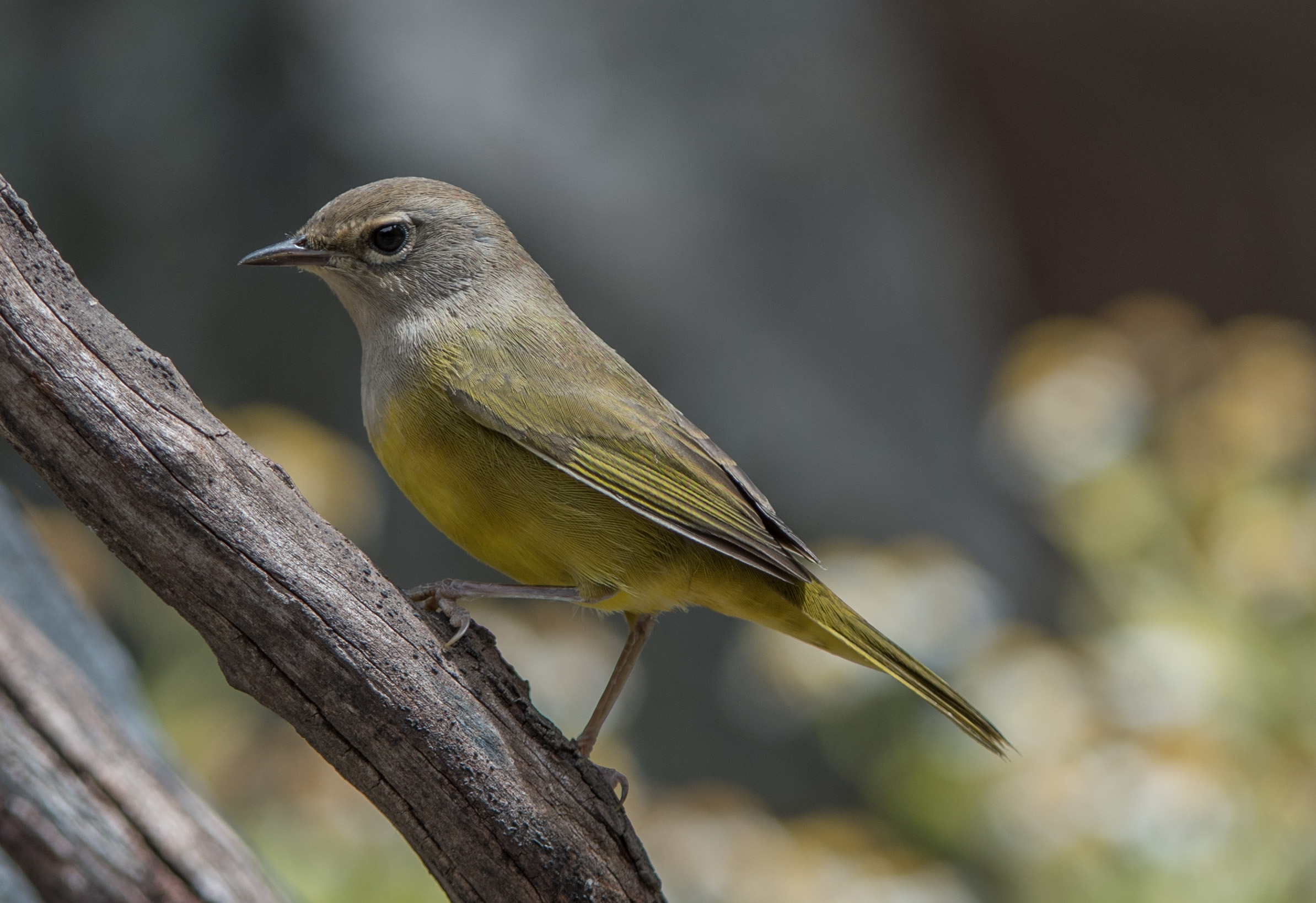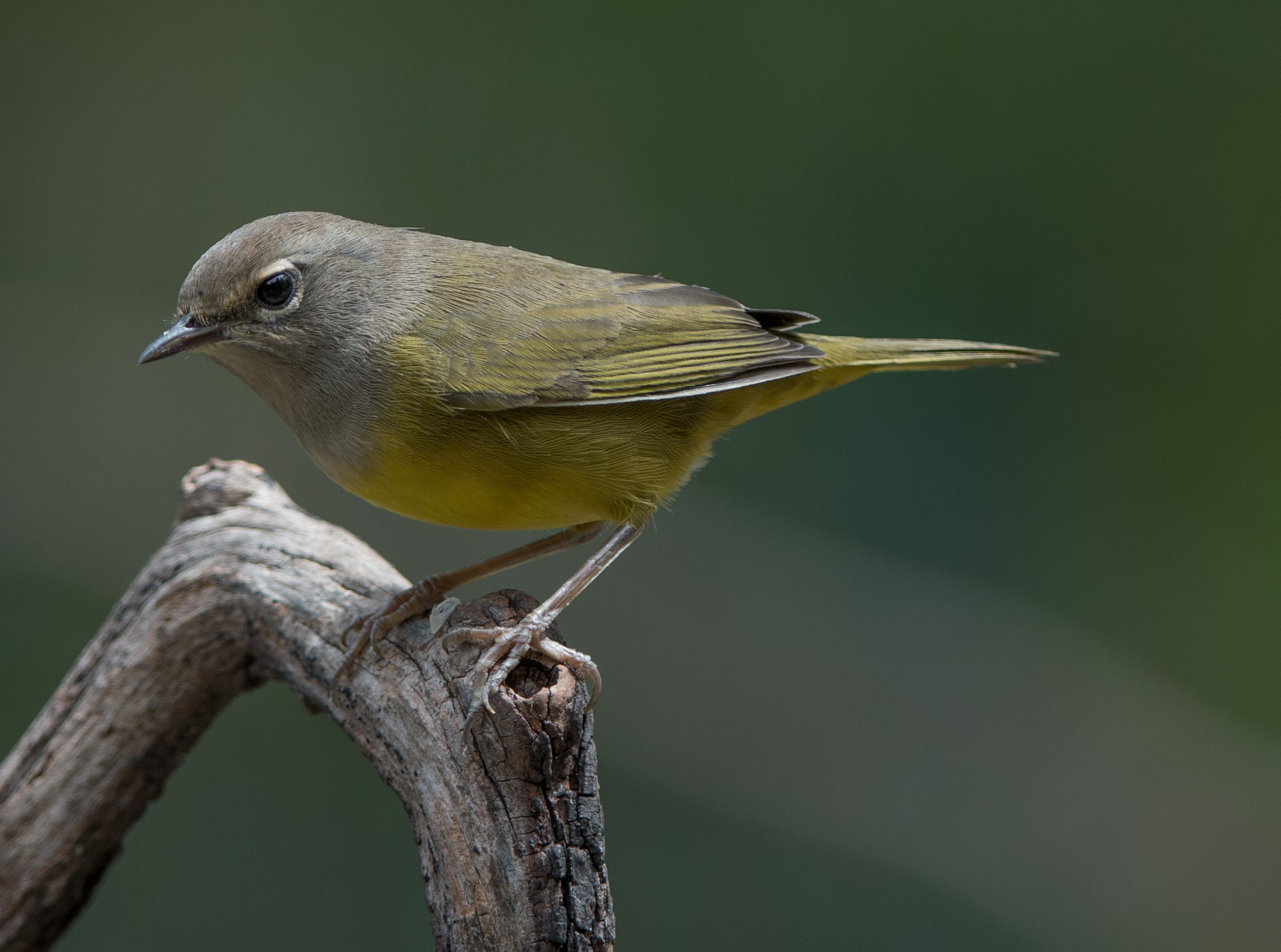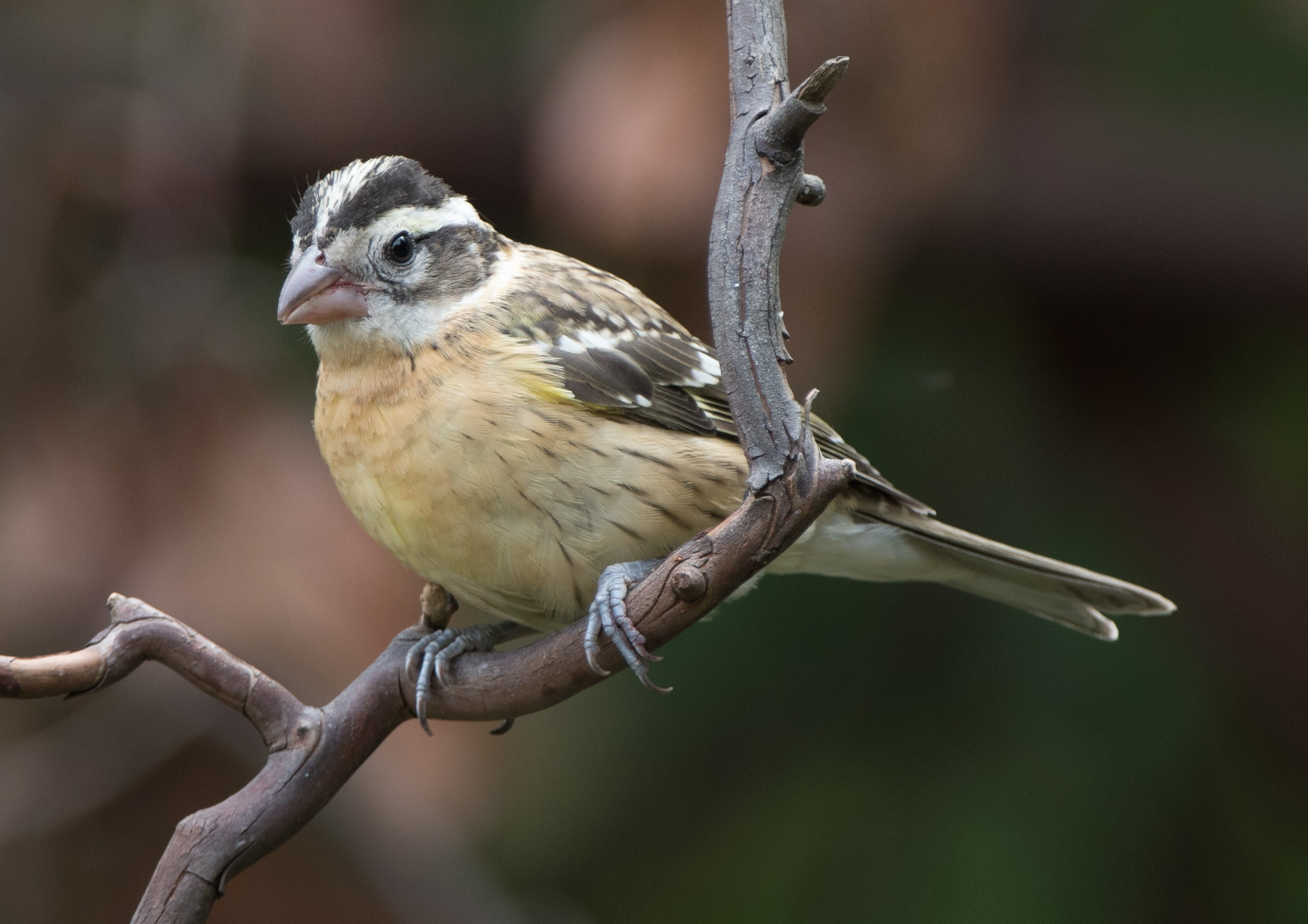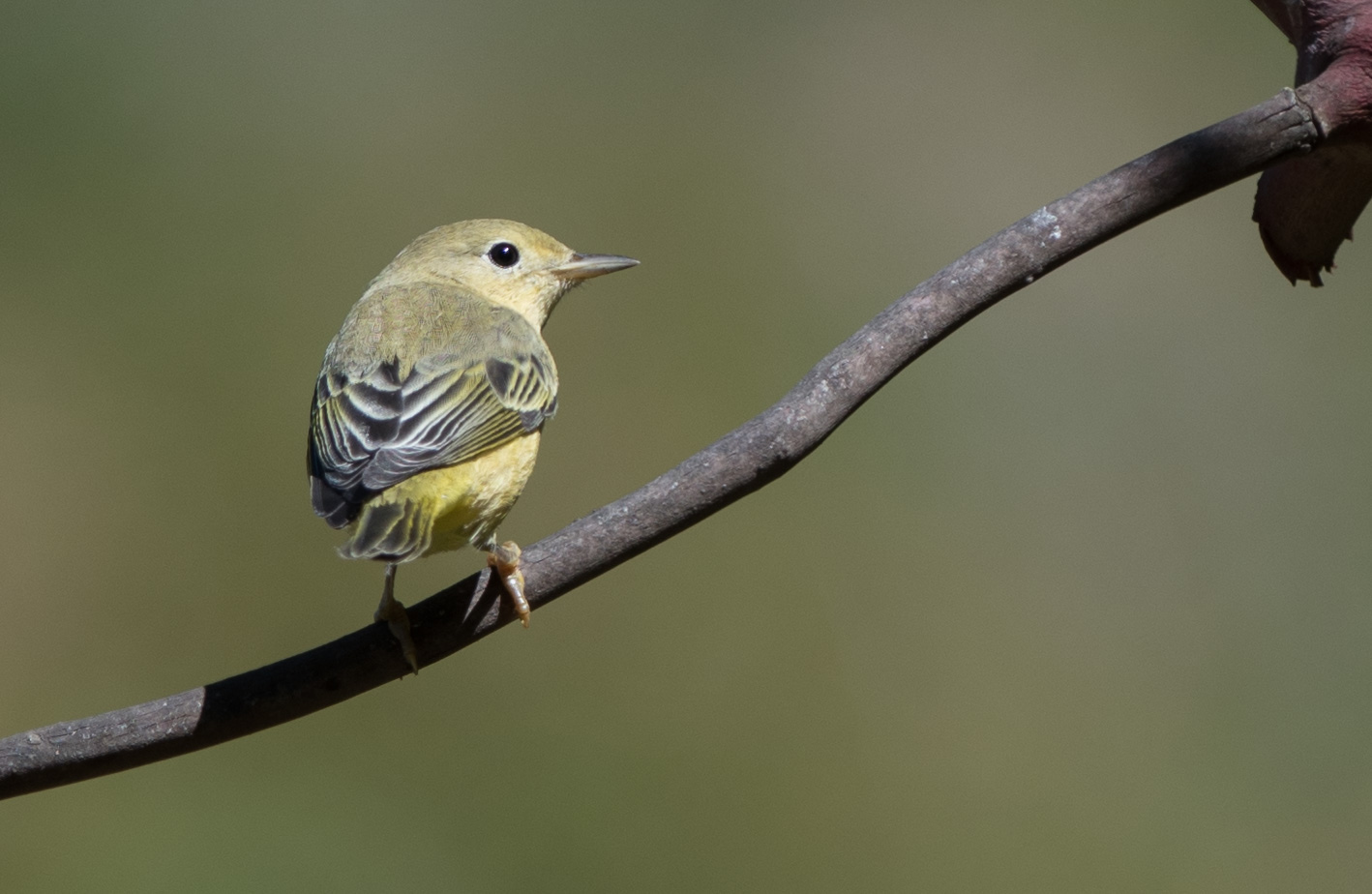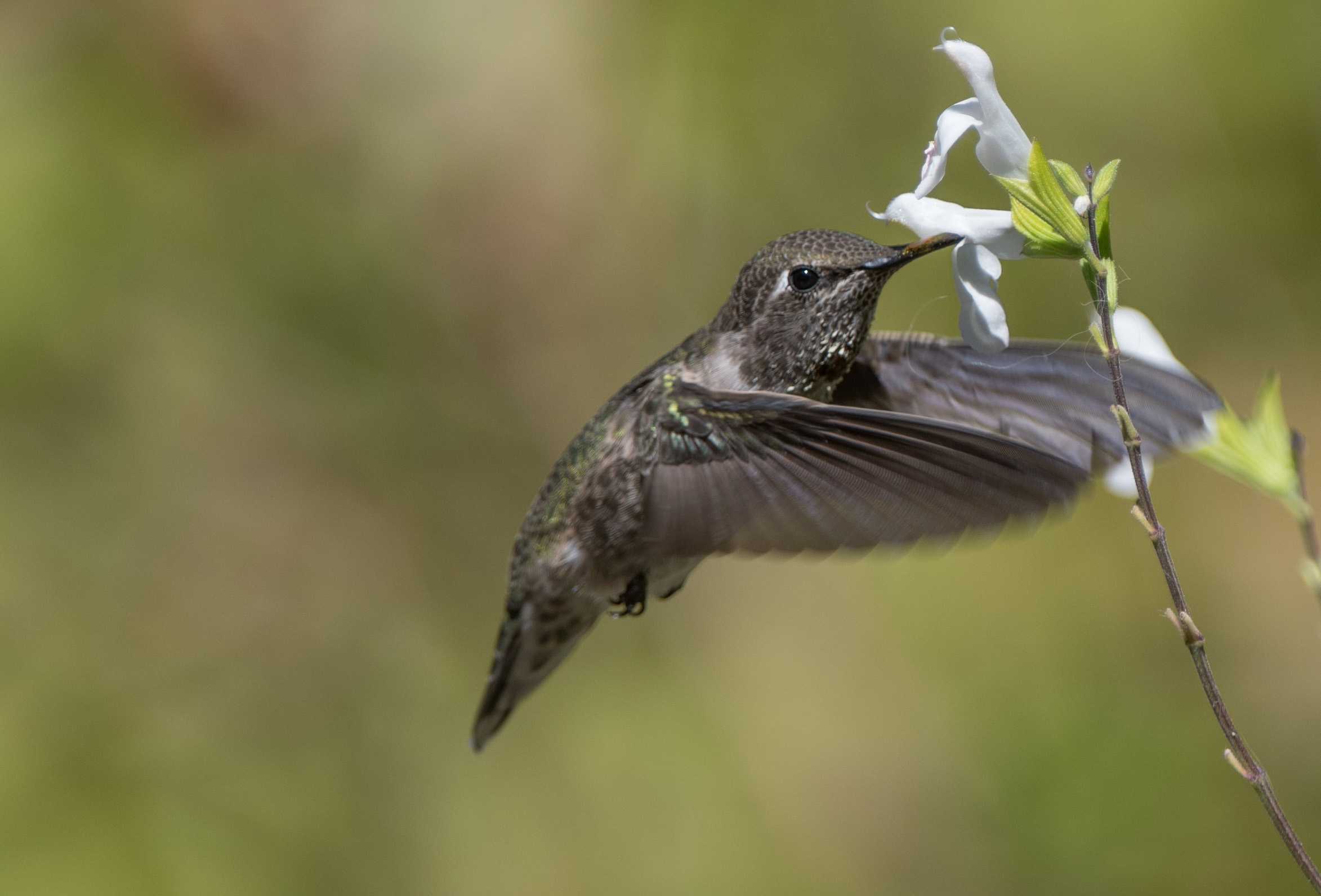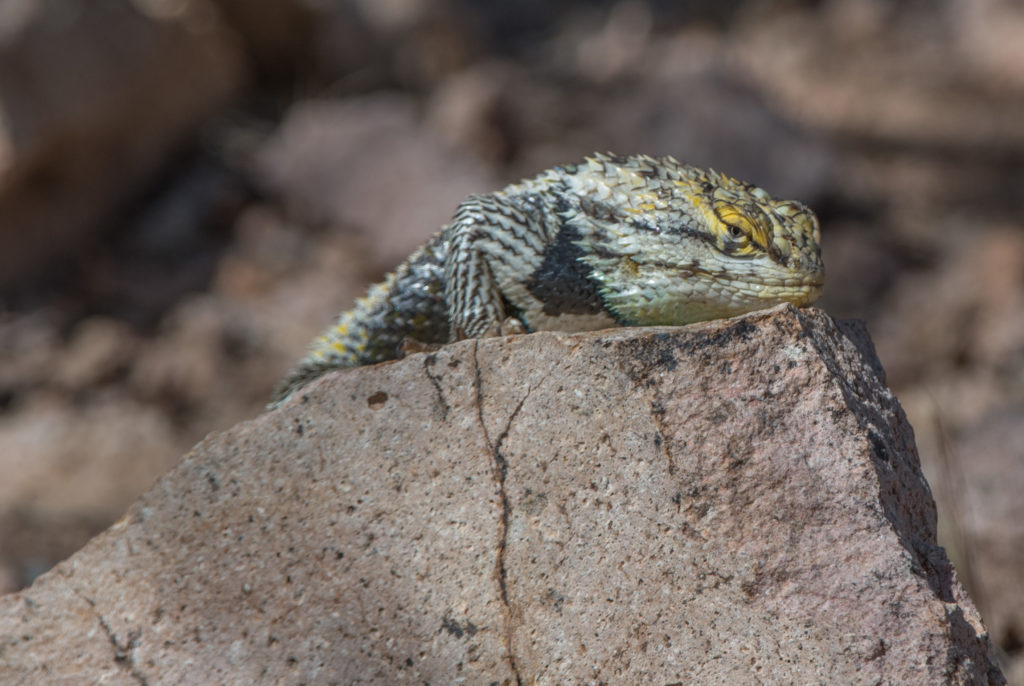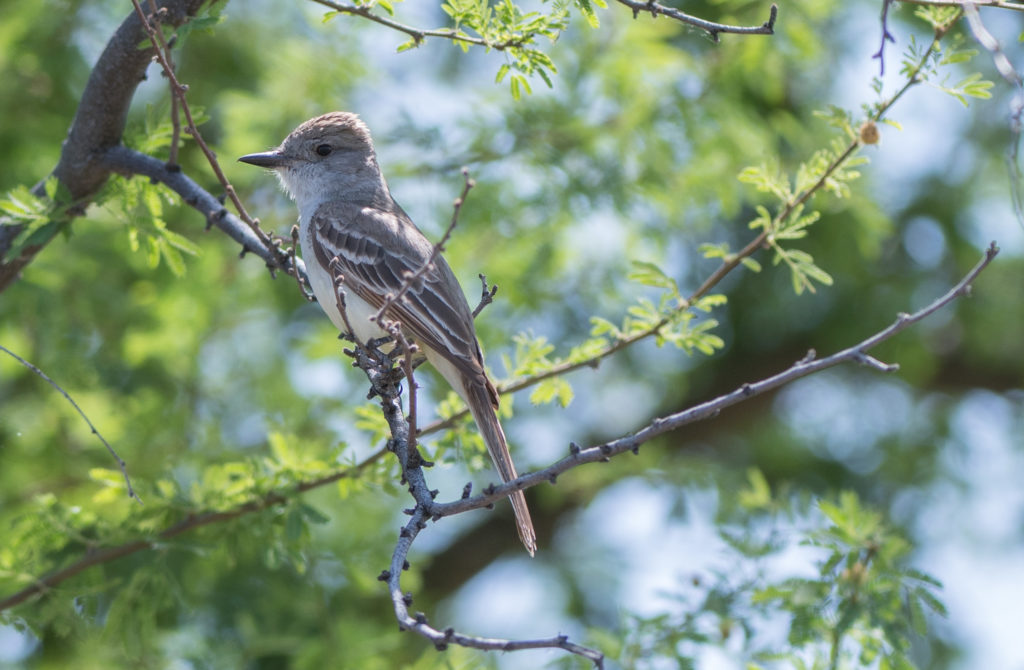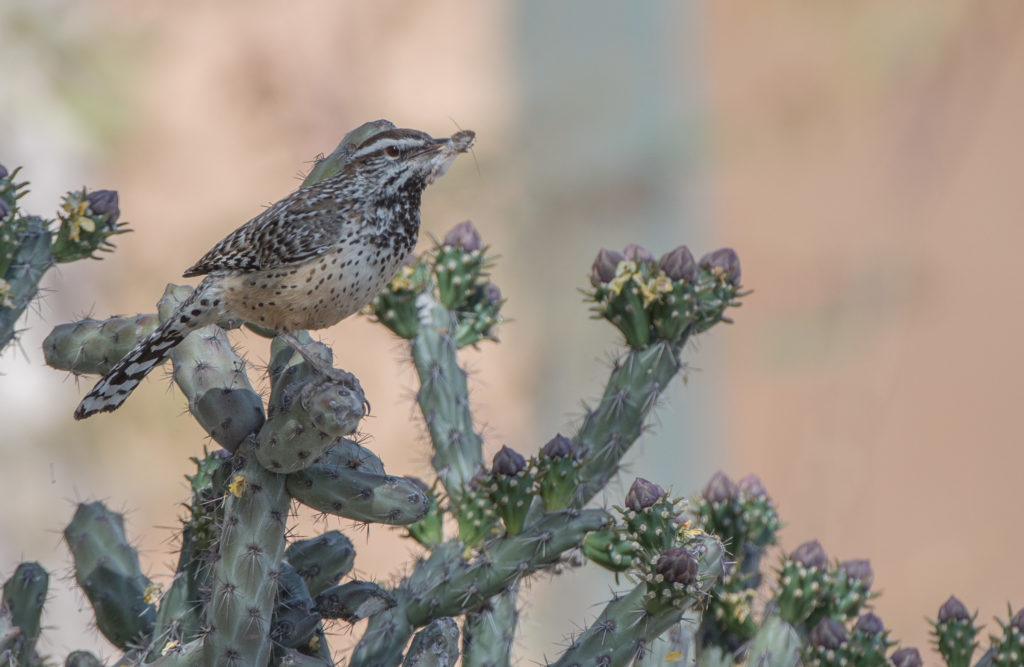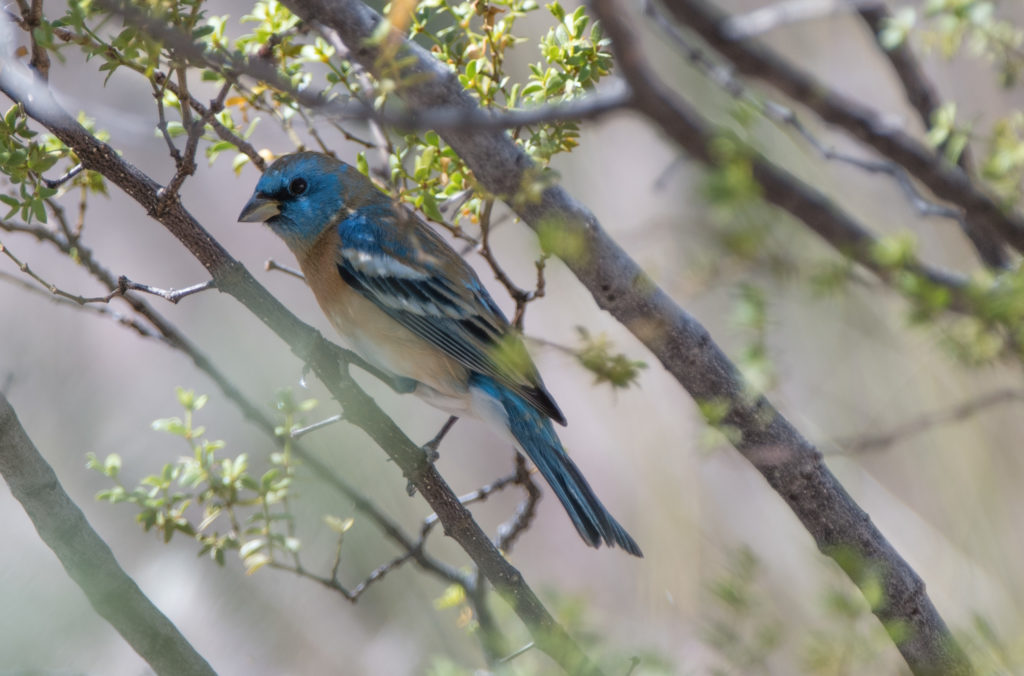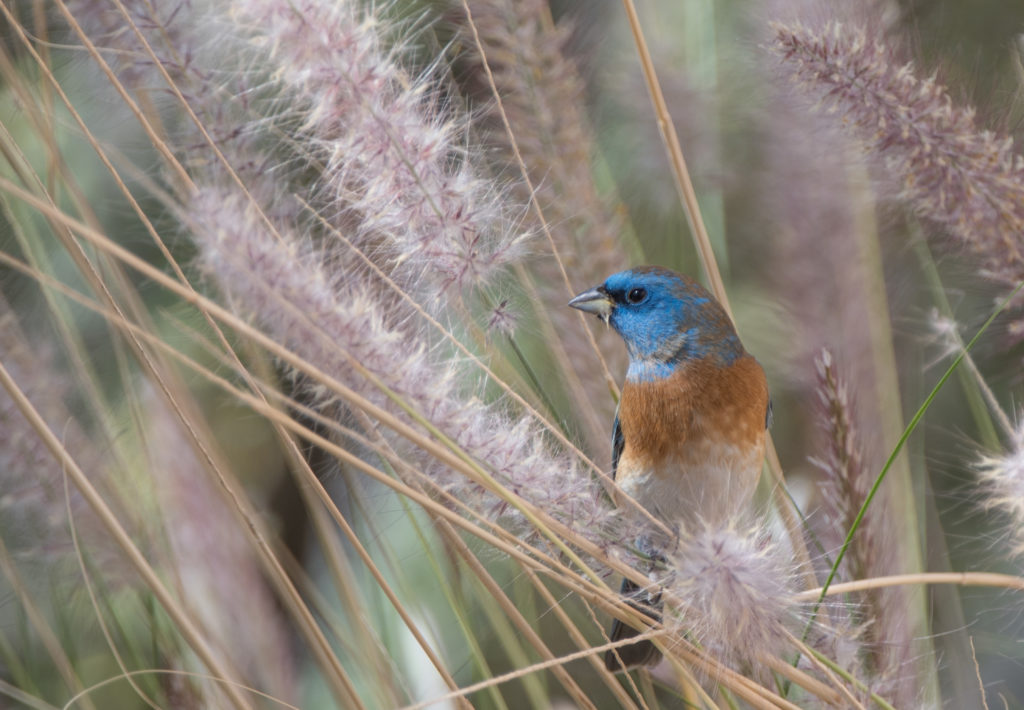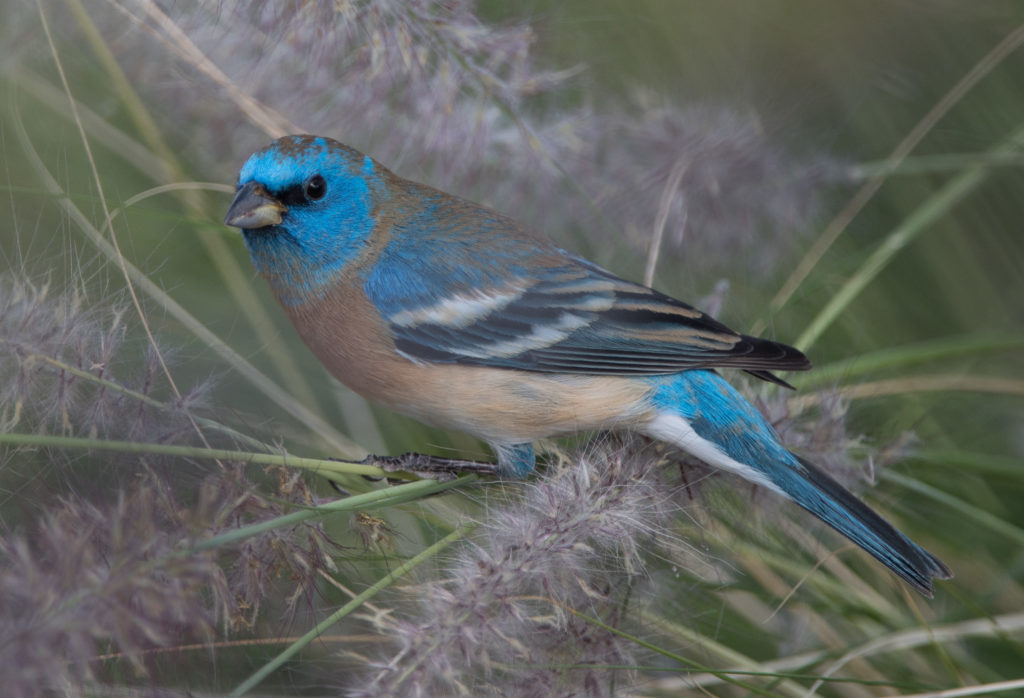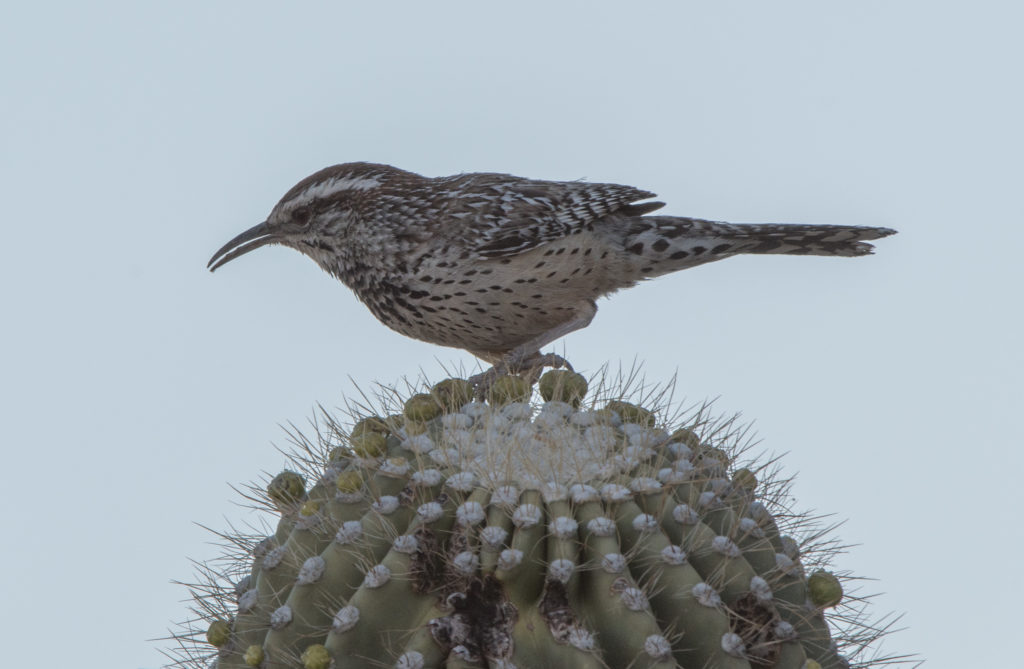It’s been awhile since I last posted a blog. I’m having difficulty with my typing due to Dupuytren’s contracture (look it up!) in my right ring finger, so my touch typing is drastically slowed due to a prolific number of “l’s”, “o’s”, “p’s and other surrounding characters from the keyboard. I hope to get the condition corrected (for what will be the third time), this time surgically. However, things will undoubtedly get worse before they get better. So posts will probably get rather sporadic until I recover from an anticipated surgery to correct the condition.
I spent about an hour and a half in the yard this afternoon and obtained some good photos of mostly common visitors. So here we go…
This White-crowned sparrow, which I can identify by its lack of a tail, helped raise a Brown-headed cowbird this season.
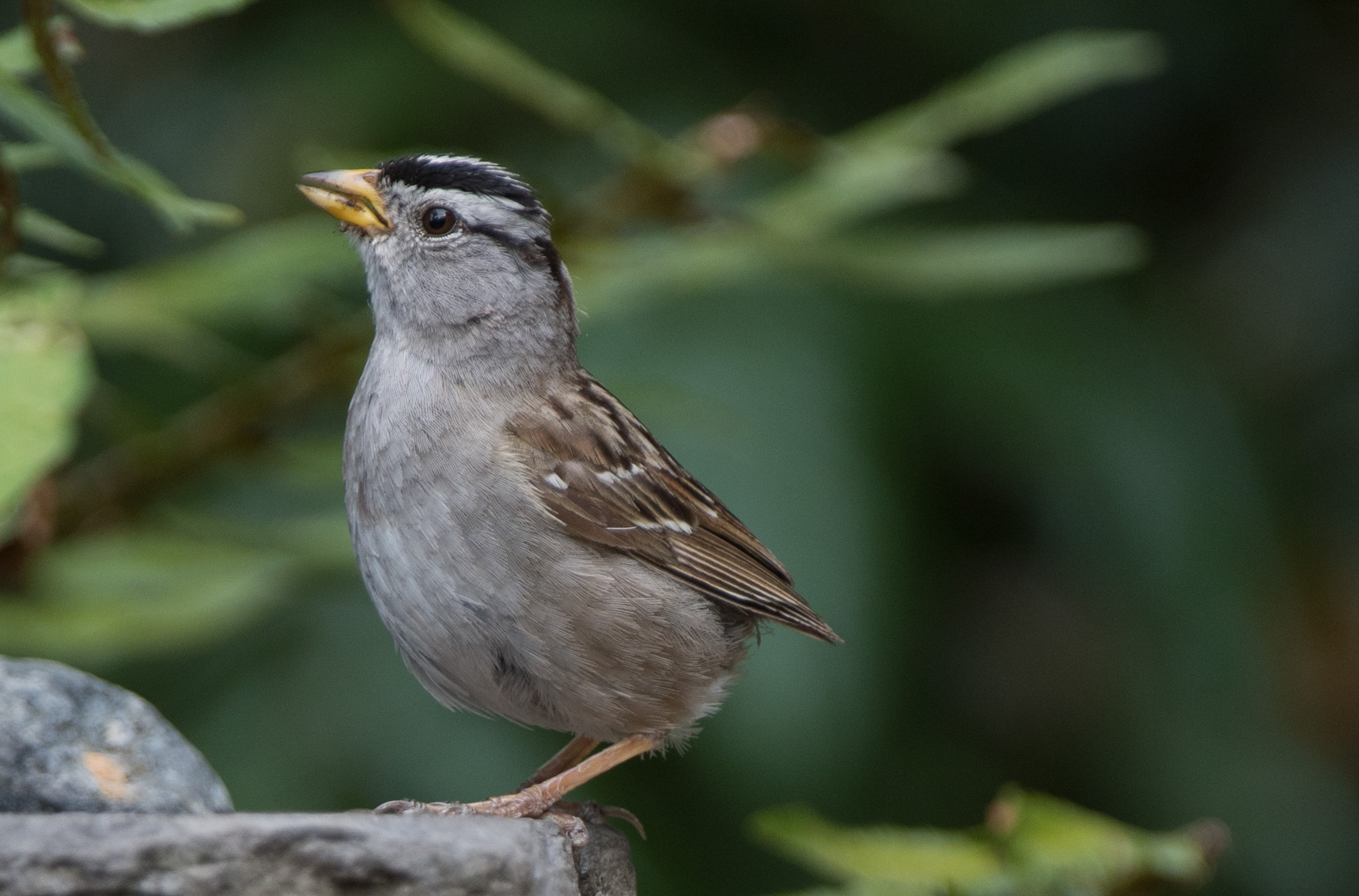
This is a juvenile Brown-headed cowbird, but not necessarily the one the sparrow (pictured above) raised. We have at least two juvenile cowbirds visiting the yard and it is unlikely they were nest-mates. If you aren’t familiar with cowbird breeding strategies I suggest you perform a little investigation. It’s an interesting story.
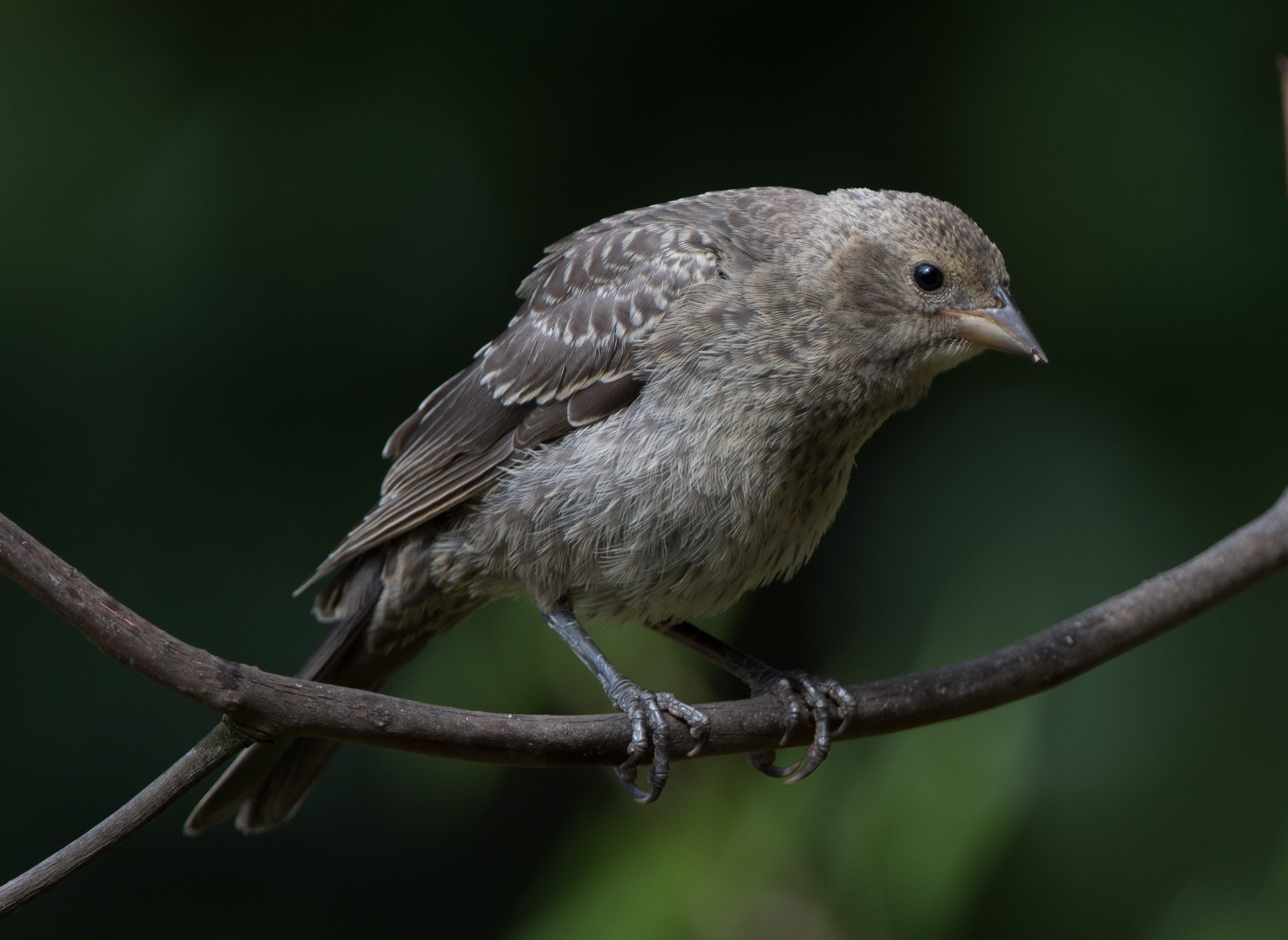
This is what the White-crowned sparrow should have raised, and it’s possible, I suppose, that it raised both birds.
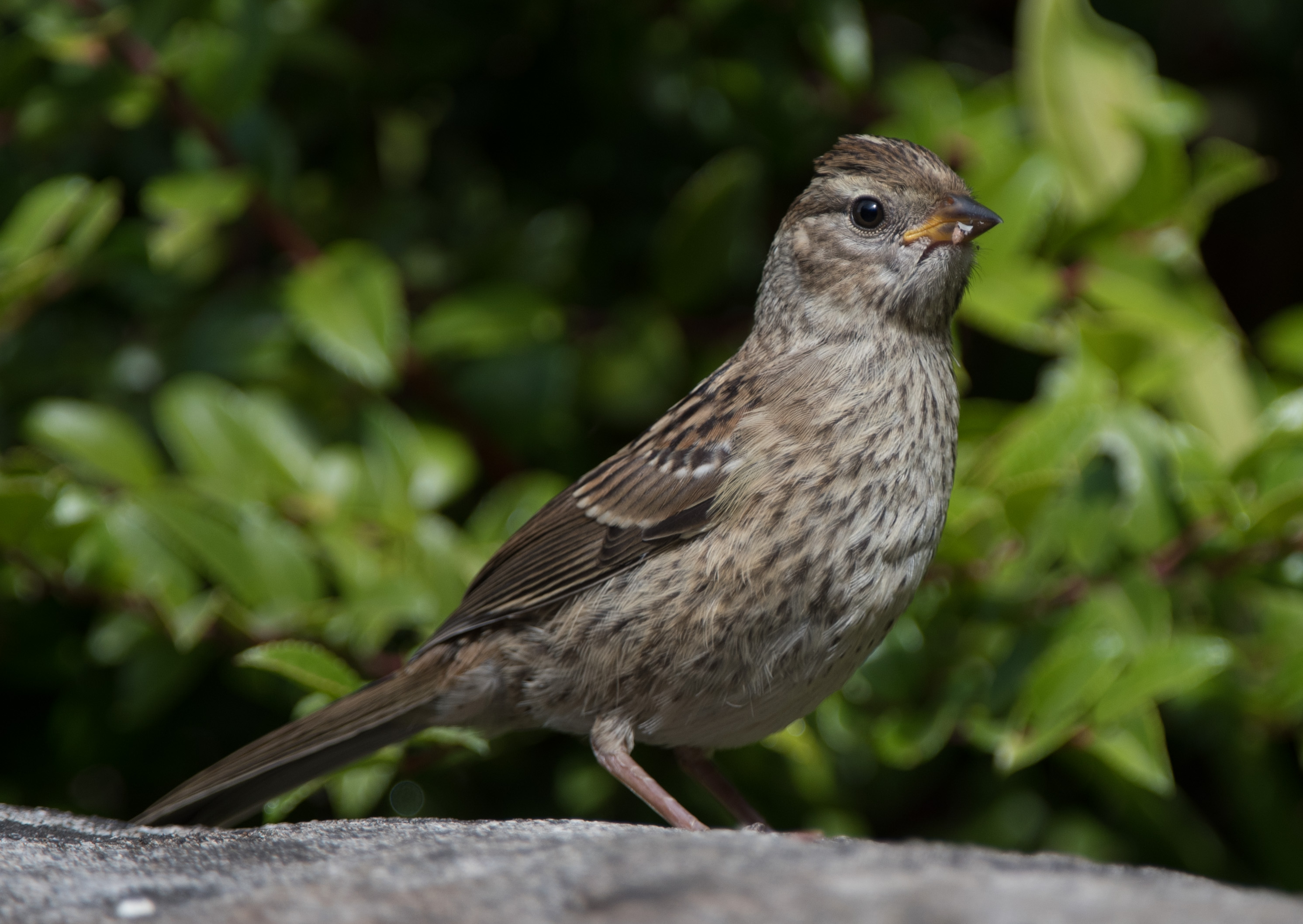
Continuing with the juvenile theme, the Red-winged blackbirds who are nesting in the pond adjacent to the sewer treatment plant below us are now bringing juveniles to our feeders. That’s the juvenile in the upper left of the photo, begging for food from its mother.
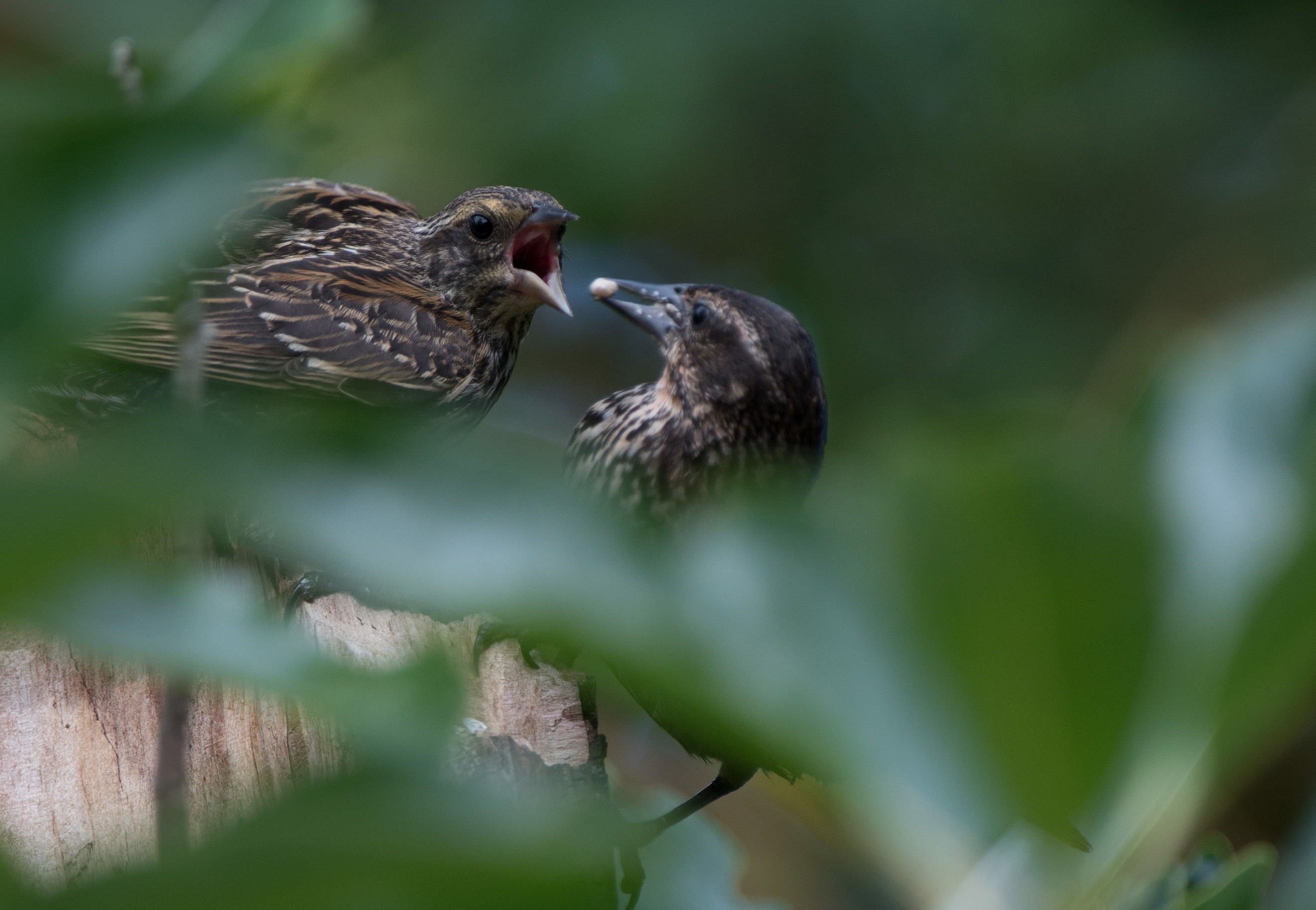
Here’s another photo of the blackbirds with the juvenile nearest the camera and the female in the background
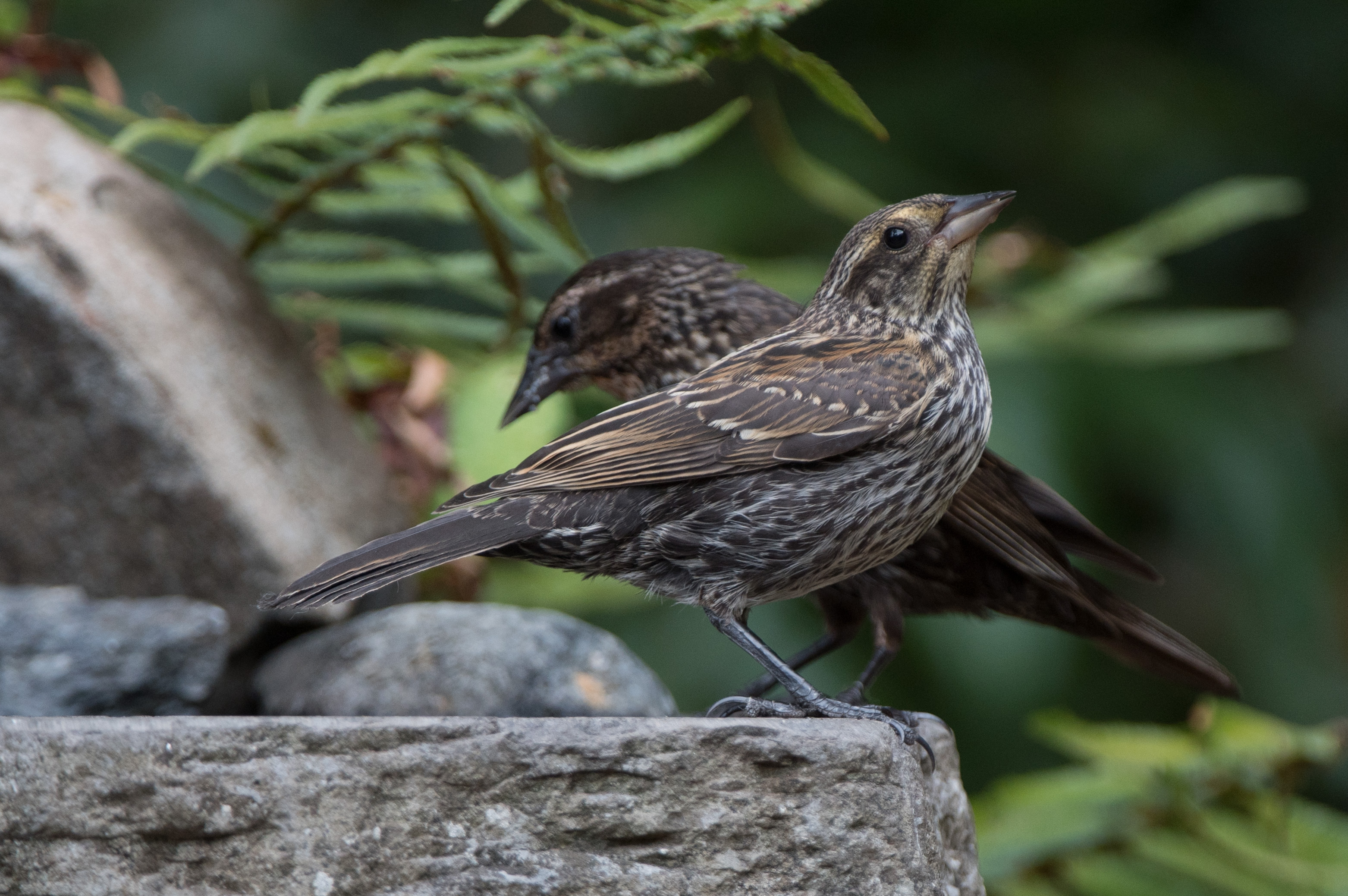
Here is a photo of a male Red-winged blackbird that I’ve photographed previously this season. For whatever reason (henpecking?) he’s missing the feathers on the top of his head. The blackbirds only visit our yard/feeders while they are raising young. In the non-breeding season the sexes, while still gregarious, often separate.
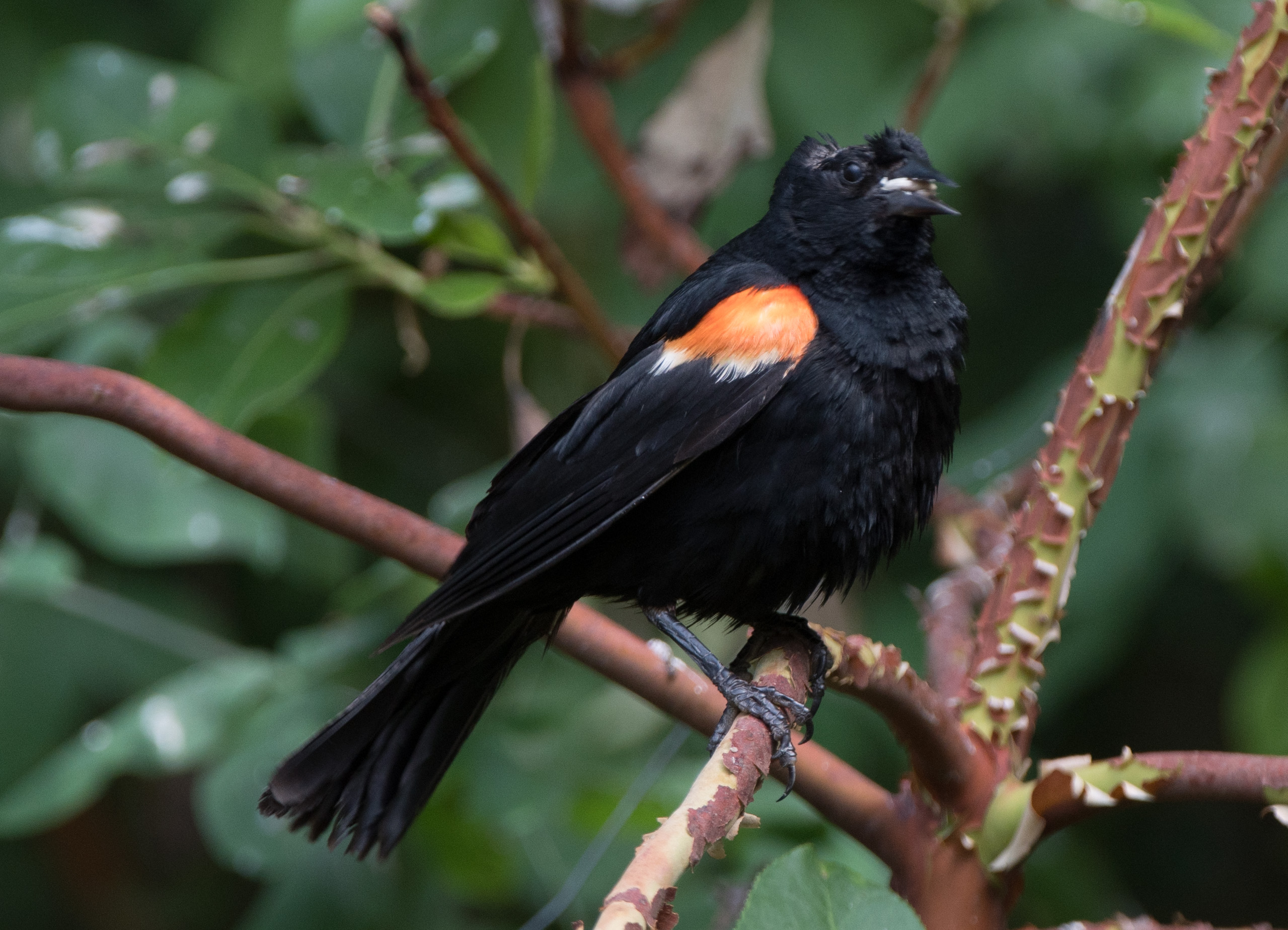
This is either a juvenile or female Anna’s hummingbird. Many of the Anna’s hummingbirds remain with us through the winter… and NOT just because people leave feeders out.
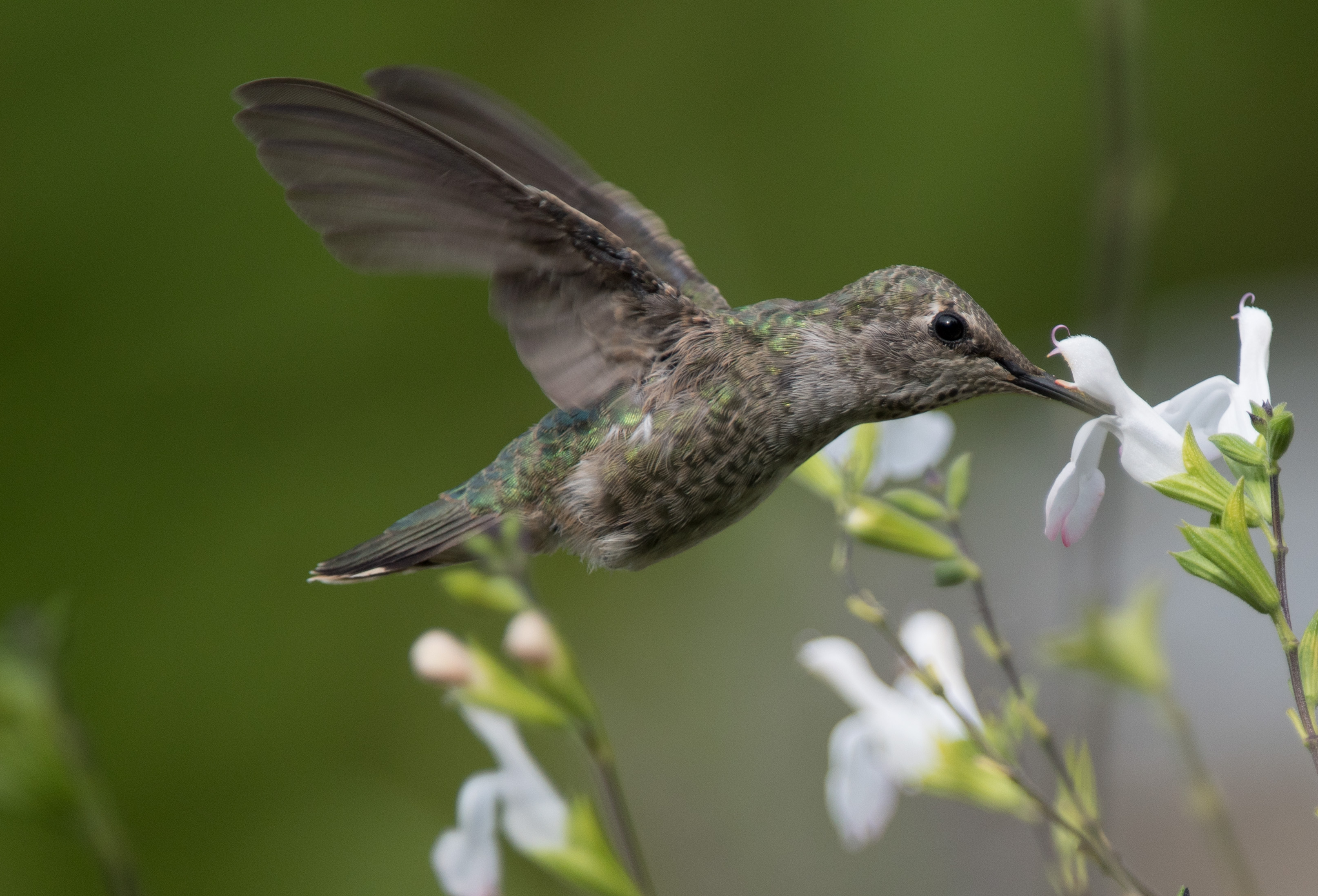
One of a series of juvenile American robins that visit our yard to utilize our water features…
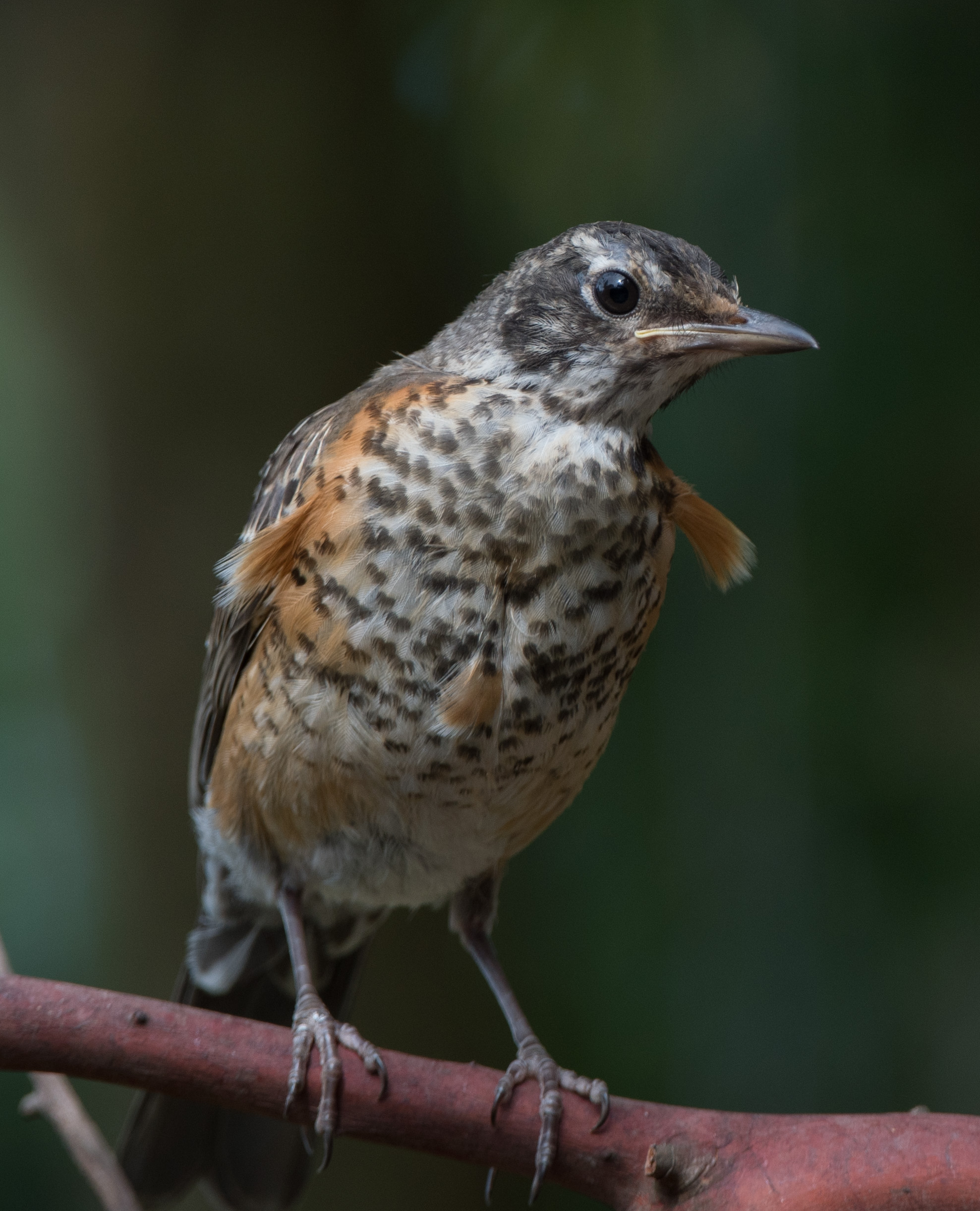
A male House finch which may, or may not, be from this year’s crop. This one leans towards an orange or peach color, but there is a large variation in the colors of the males.
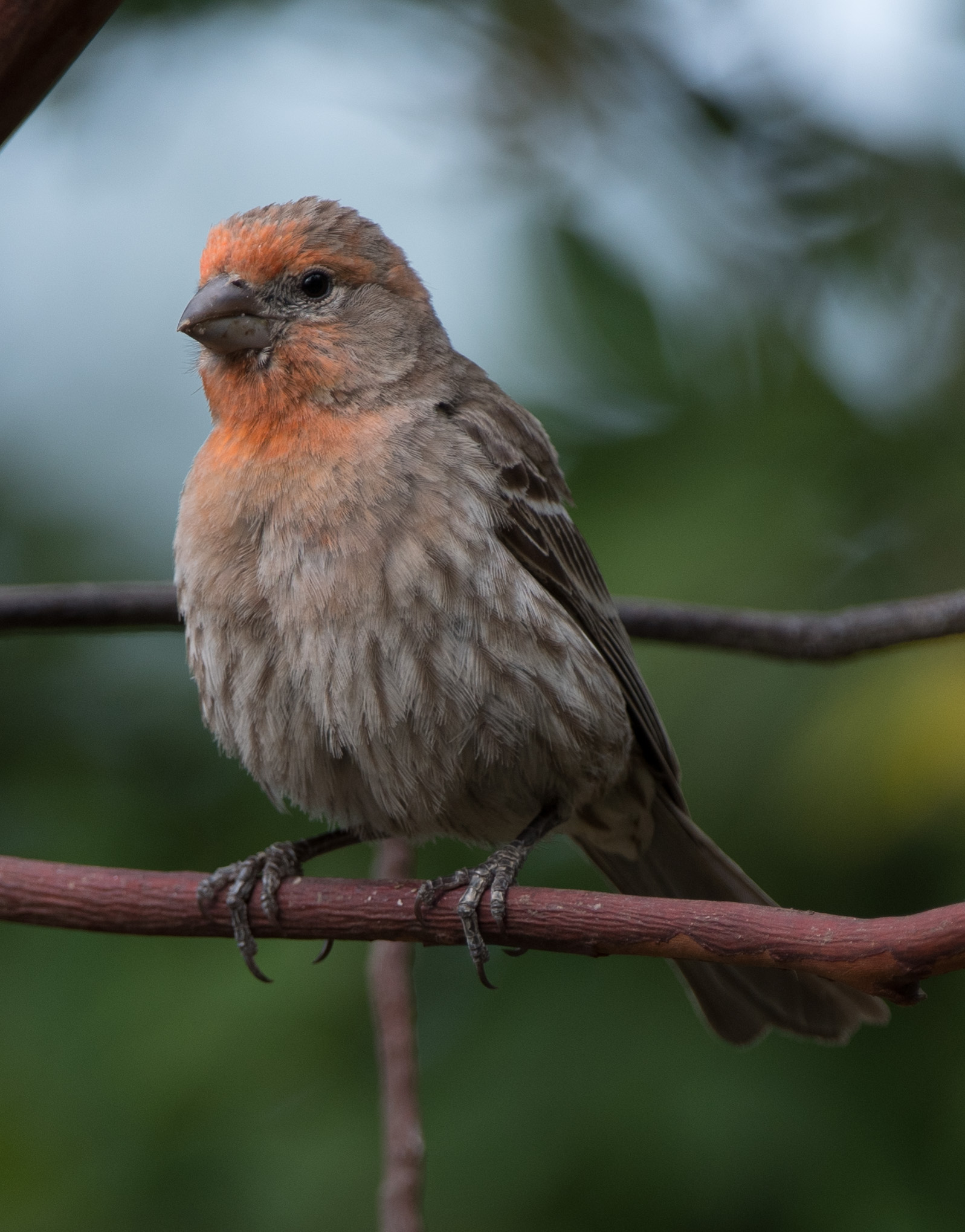
We have at least two pairs of Black-headed grosbeaks who visit the yard from time to time. This male appears that he might have been eating blackberries.
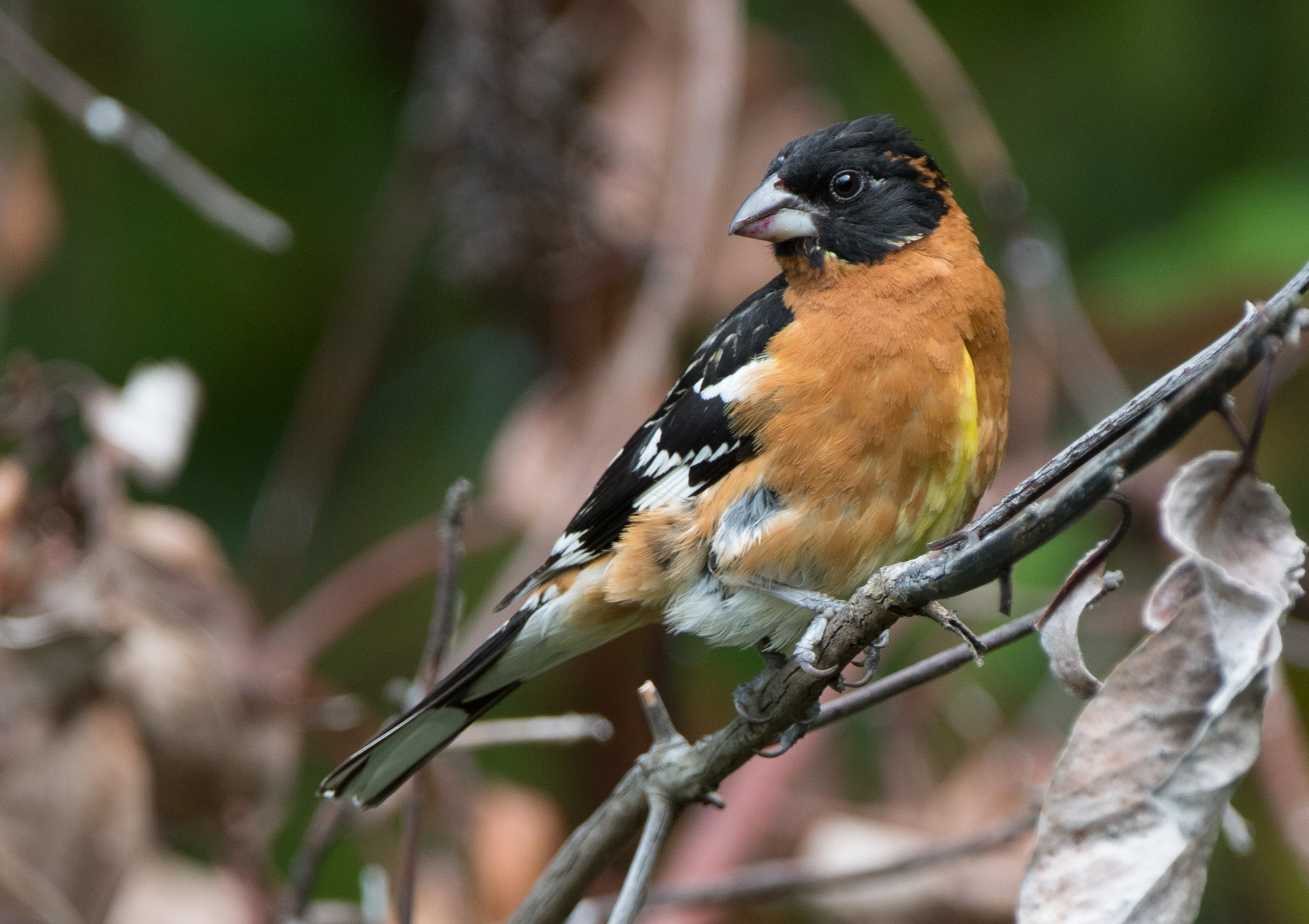
And finally, during my time in the yard this afternoon we had a very brief visit from a female Western tanager. This is the first tanager we’ve seen in probably six weeks or so. I was very fortunate to obtain this photo…
